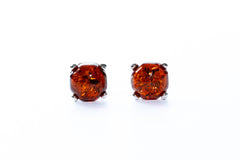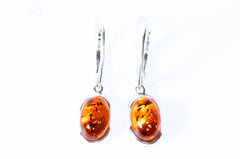Size Chart
Selecting the correct ring size ensures not only comfort but also safety, preventing the ring from being lost. Here are some tested methods to measure your ring size at home:
1. Measuring the Inner Diameter of the Ring:
- Use a well-fitting ring and measure its inner diameter in millimeters with a ruler.
- For example, if the diameter is 18 mm, your ring size is 18.
2. Measuring Finger Circumference:
- Wrap a non-elastic string, thread, or paper strip around the base of your finger.
- Mark the point where the ends meet and measure the length with a ruler.
- Use this circumference to find the corresponding ring size in the ring size chart.
| Ring Size (EU) | Finger Circumference (mm) | US Ring Size |
|---|---|---|
| 44 | 44.0mm | 3 |
| 45.5 | 45.5mm | 3.5 |
| 47.5 | 47.5mm | 4.5 |
| 49 | 49.0mm | 5 |
| 50.75 | 50.75mm | 5.5 |
| 52.5 | 52.5mm | 6.5 |
| 54 | 54.0mm | 7 |
| 55.25 | 55.25mm | 7.5 |
| 57 | 57.0mm | 8 |
| 58.5 | 58.5mm | 8.5 |
| 60.25 | 60.25mm | 9.5 |
| 62 | 62.0mm | 10 |
3. Factors to Consider:
- Time of Day: Finger size can change slightly during the day - smaller in the morning and larger in the evening. It's best to measure in the evening.
- Temperature: Heat can make fingers swell, while cold can make them smaller. Measure when your hands are warm and dry.
- Physical Activity: Avoid measuring right after physical activity or washing hands, as fingers might be swollen.
4. Measurement Accuracy:
- For the most accurate measurements, it's recommended to use ring size gauges, available at jewelry stores or online.
Using these tips and methods, you can easily and accurately determine your own or your loved one's ring size, avoiding discomfort and unpleasant surprises. Order our handcrafted rings and wedding rings with special gemstones and ambiance, to immortalize your love story in a unique piece of jewelry.


